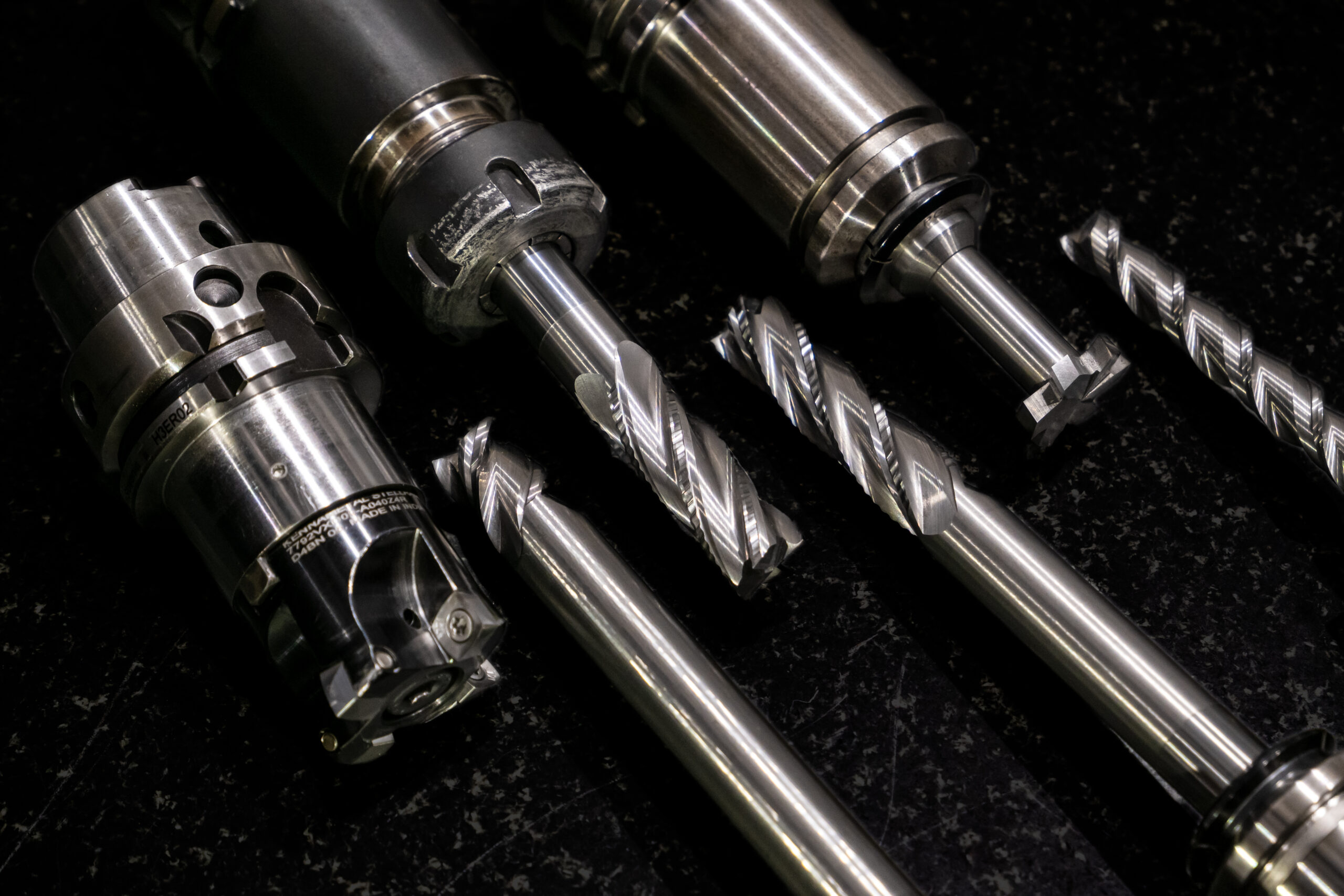CNC Machining for Die & Mold Industry
Dies and molds are shaping tools crucial to mass production in the manufacturing industry in the present day. Sheet metal and other forms of metal are shaped using different processes such as stamping, forming, etc., depending on dies. Molds find utility in injection molding, for instance, melted resin or casting molten metal. Dies are mostly associated with metal, while molds with plastic.
The materials used for dies and molds, such as steels with carbon or chromium content die steel, high-speed steel, and cemented carbide, are difficult to find procured. To balance this shortage in supply, dies and molds are cut using machining centers or other CNC machining tools. The cut dies and molds are further subject to grinding to improve precision.
CNC machining to cut dies and molds ensures high tolerance, precision, repeatability, and consistency. Modern techniques are sophisticated that micro-order precision molds and dies can be generated. This largely contributes to mass-producing products with the same quality and shape.
Needs and Challenges of Die and Mold Industry
It is important to analyze and understand the needs of the die and mold industry and the challenges faced to comprehend the advantages that 5-Axis CNC machining can offer. Here is a list of challenges faced posed to the Die and Mold industry:
- The die and mold industry is capital intensive.
- While the manufacturing costs are consistently increasing, the price of molds and die are stagnant, thus threatening the survival of market players.
- Automation of shops is a hurdle. There is also a scarcity of skilled personnel in operating machines that create dies and molds. In-house training facilities are not very prevalent either.
- The greatest challenge to the domestic market is shifting mold-making to overseas sources.
Apart from the above challenges, the most important challenge is machining in itself. Die and mold-making undergo long cycle times and single-piece applications of high-value workpieces. Maximum thermal stability is crucial for accuracy and flawless blending. At the same time, the entire process should run at optimum speed.
The industry requires technology to help manufacturers work cost-effectively but produce highly precise goods of large quantities at shorter times. This necessity makes 5-Axis CNC machining the best solution to salvage the situation.
5-Axis CNC Machines for Die and Mold Industry and Products
Advanced Technologies Used in Die and Mold Industry
A 5-axis CNC machining can effectively get at more features of a workpiece. With 5-Axis CNC, even the smallest of molds can be built. Its use in the injection molding processes benefits mass-production parts, pieces, and goods. The entire machining process can be promoted with shorter tools and rigid construction. This will eliminate the process of post-machining such as EDM, hand benchwork, etc.
CNC machining is the most suitable as parts and designs are getting more complex day by day. Shorter production times and better product quality are the basic requirements that customers put on us. A few uses and benefits of 5-Axis CNC machining in the die and mold industry is elaborated here:
- 5 Axis CNC machines generate contoured surfaces.
- Complex dies and molds can be manufactured without having a lot of special fixtures and time-consuming setups.
- In 5-Axis CNC machining, the tool holder can be tilted away from the adjacent pocket walls. This promotes the use of shorter tools without the risk of collisions.
- Since 5-Axis CNC machining works only on one setup, operational costs are largely reduced.
- 5-Axis CNC machines use shorter tools and thus increase precision and efficiency.
- Ball nose end mills are positioned to increase the effective cutting diameter.
- Tool life is increased, and part costs are reduced using multi-flute cutters.
- Barrel-shaped tools have contoured profiles and provide a sloped workpiece surface with wider cutting contact. With large stepovers, a better surface finish can be reached.
Advanced Technologies Used in Die and Mold Industry
The CNC machining tools used today are packed with components that are advanced in technology. A few of these technologies include the following:
- Tighter servo turning and better responsiveness is achieved due to advanced, digital servo designs with improved feed axis smoothness. This ensures reduced cycle times and improved accuracy.
- Tilt and rotation axes designs are ushered in by direct drive motor technology. This eliminates slower, wear-prone rack and pinion-type designs.
- Core-cooled ball screws aid in controlling the heat generated by positioning the machine’s axes, utilizing temperature-controlled fluid. Core-cooled ball screws ensure shorter warm-up cycles, reduced stabilization temperature, less thermal growth, tighter accuracies, and longer component life.
- Positioning accuracy and repeatability are attained using high precision, optical glass, non-contacting scale feedback developments.
The Future of Die and Mold Industry
Die and mold are pivotal for industries like packaging, plastics, auto components, electronics, electricals, machine tools, etc. We have been consistently witnessing the evolution of the die and mold industry over the years. The die and mold industry is one of the major contributors to the global economy.
New opportunities such as aluminum metal injection molding, automation in the die casting process, high demand from construction activities, 3D printing, casting, and forging techniques are driving the market forward. It is estimated that the Global Die and Mold Industry is set to reach US$95. 1 Billion by the year 2027.
Conclusion
Views: 1598









